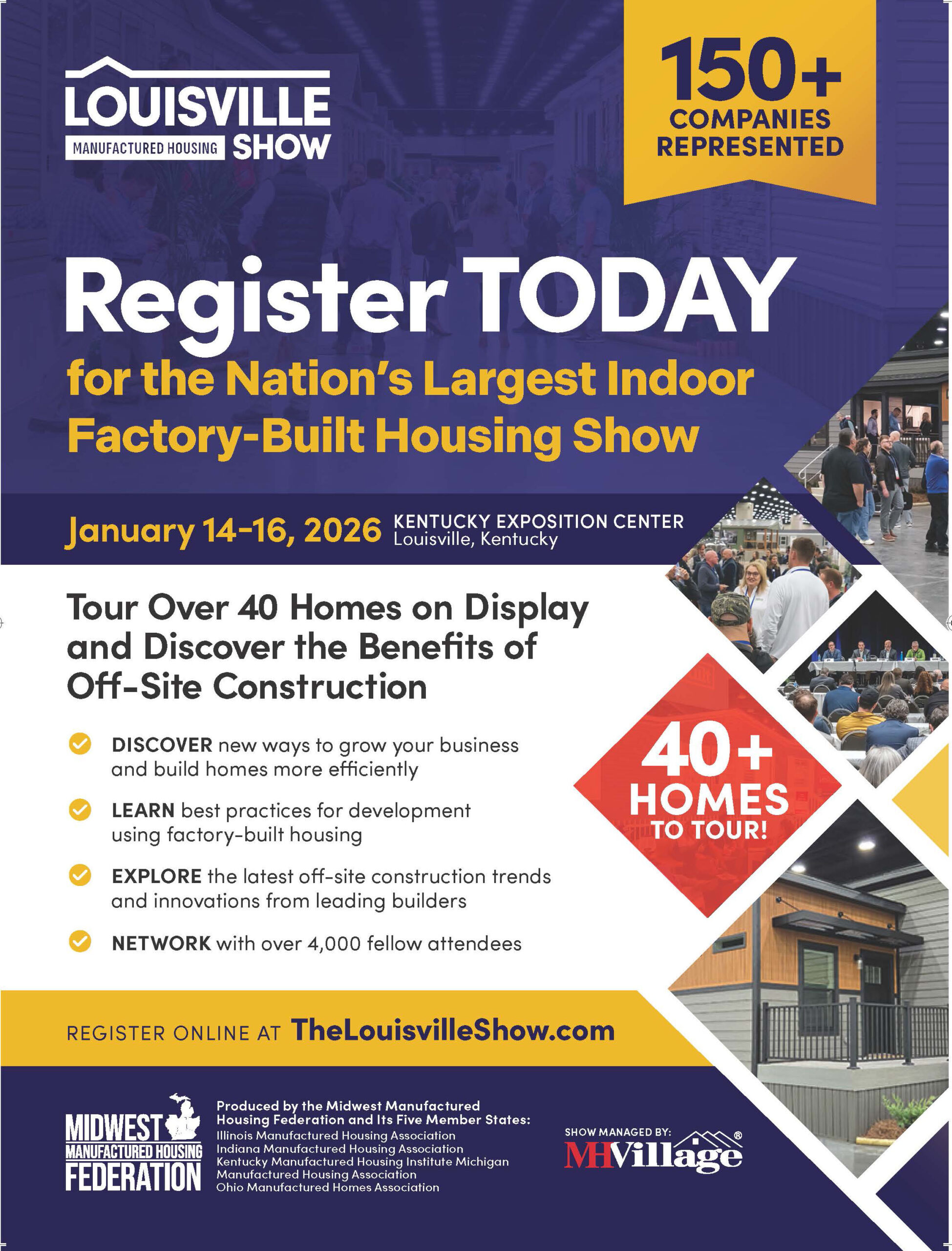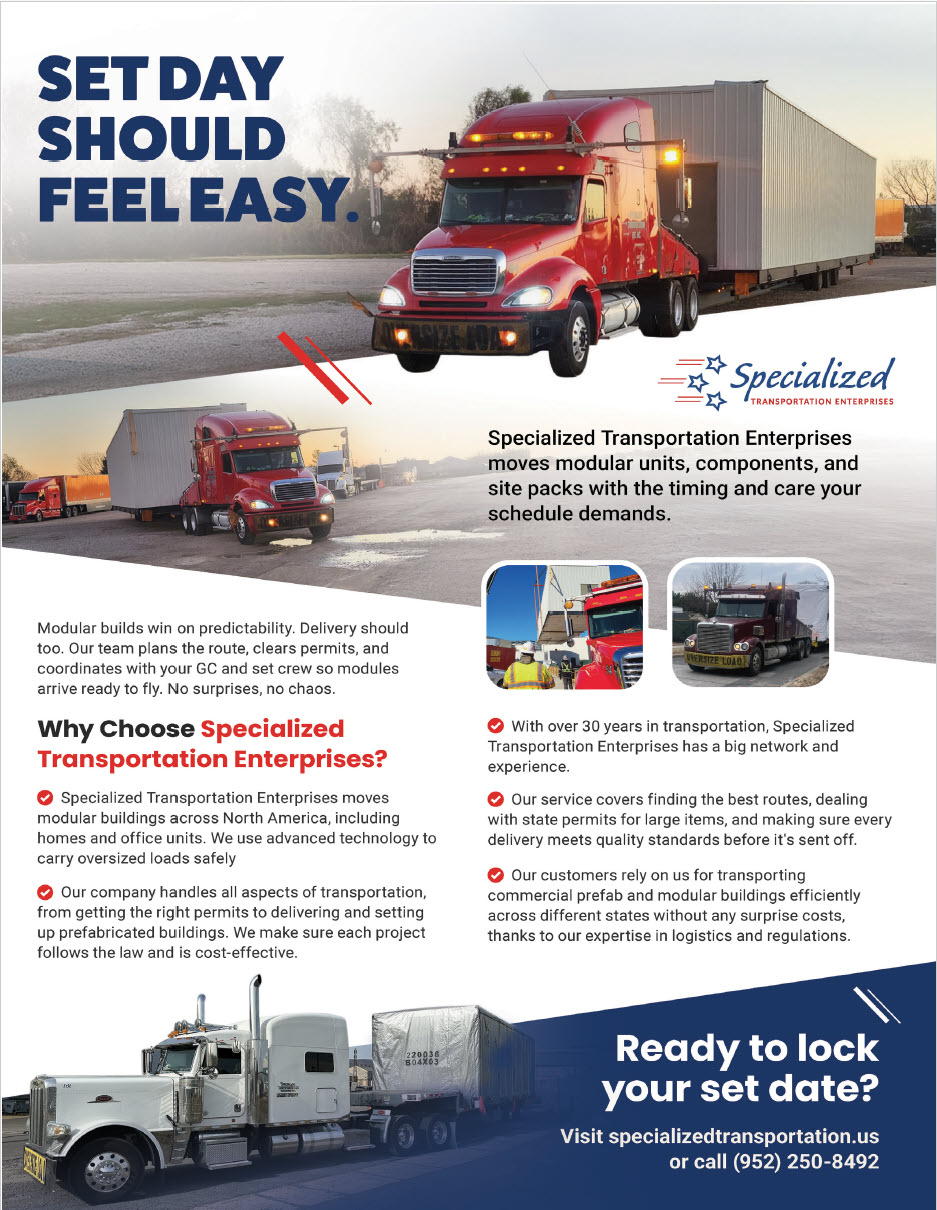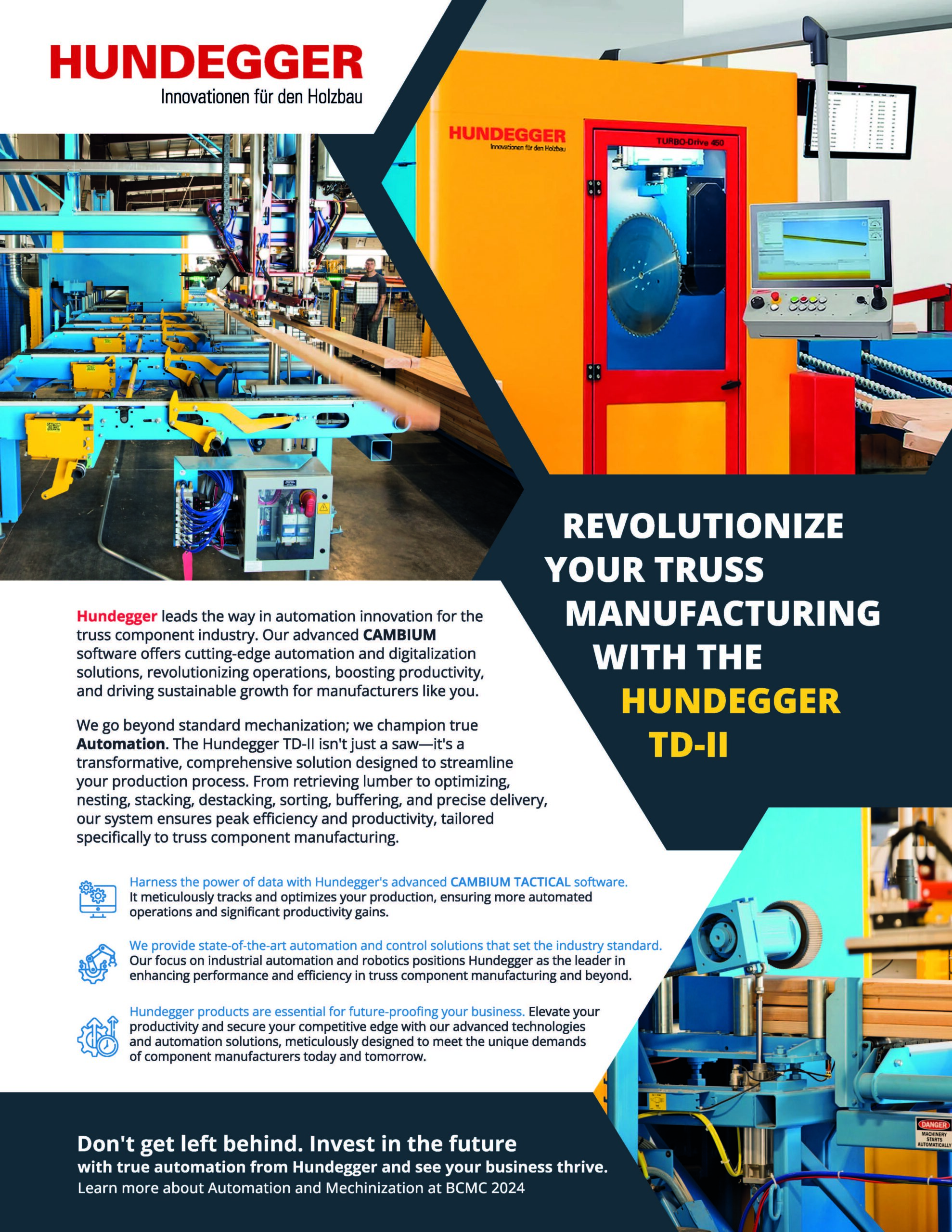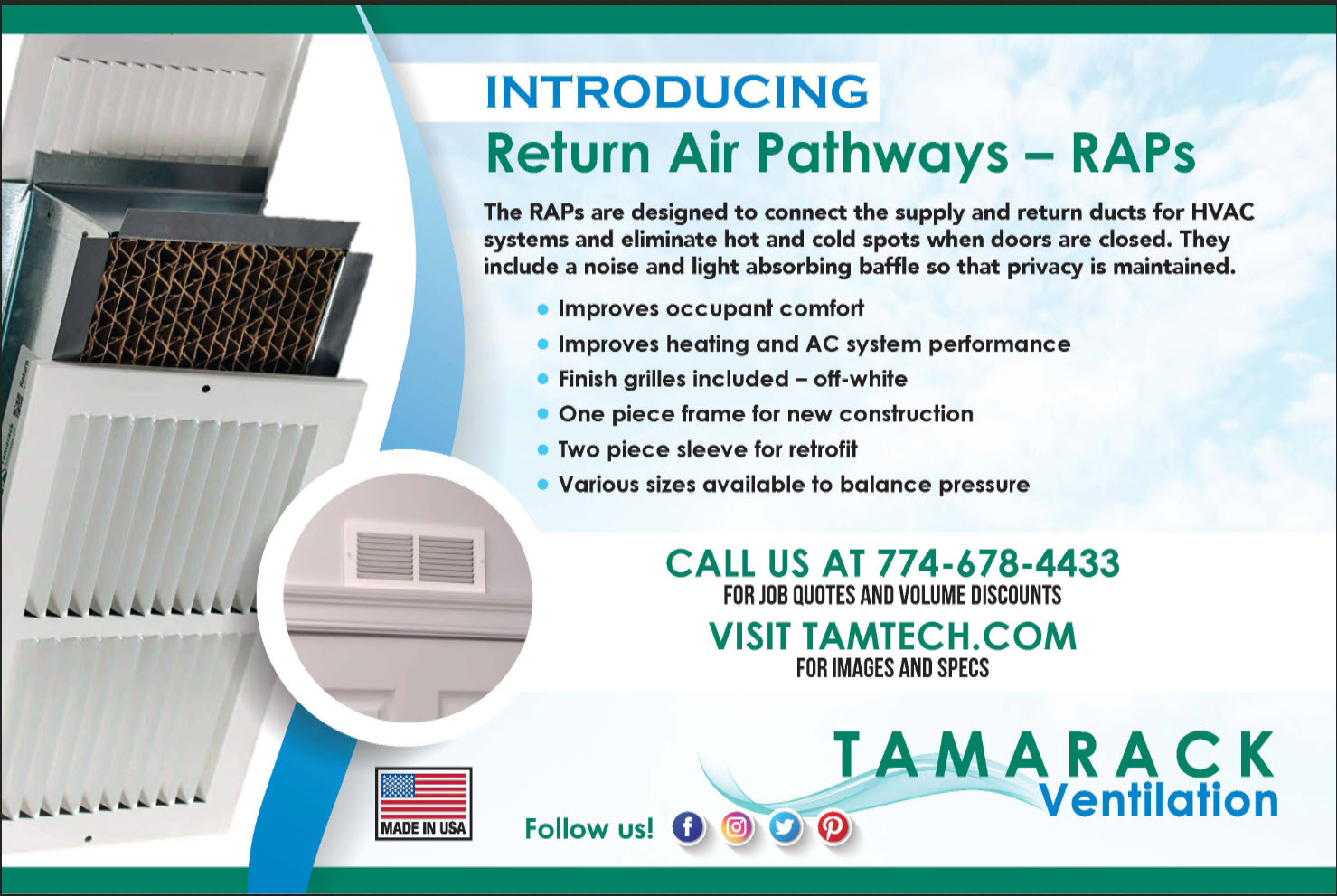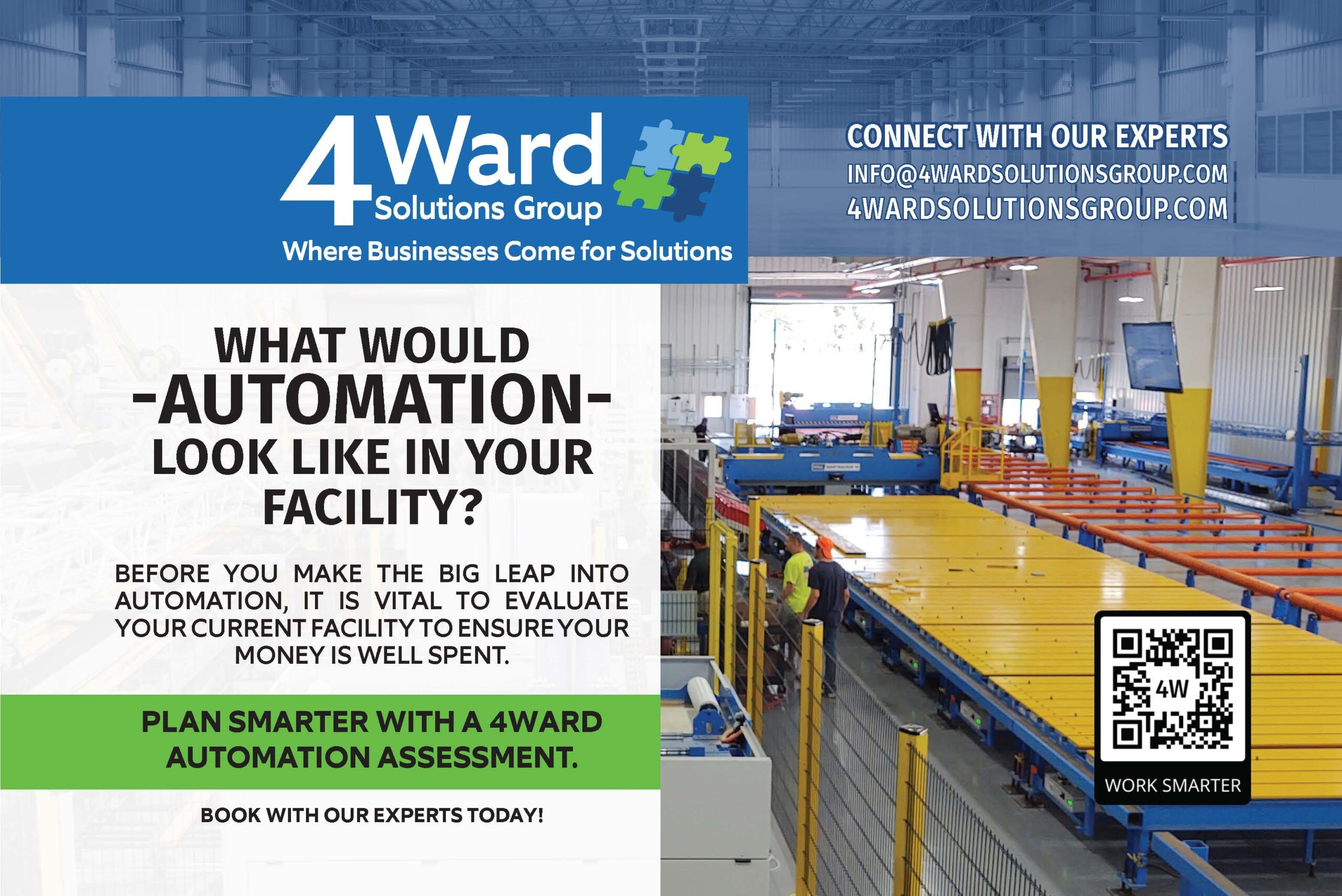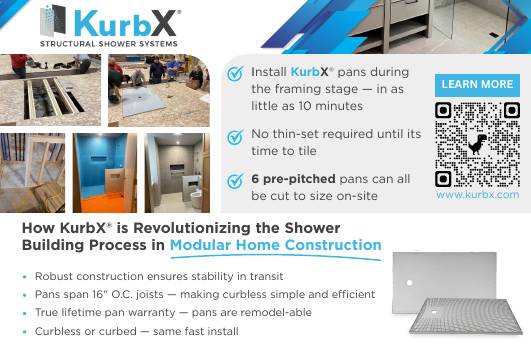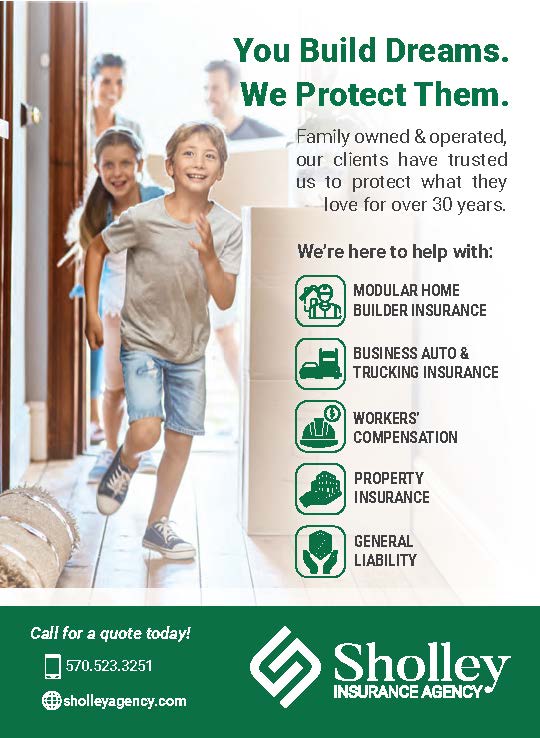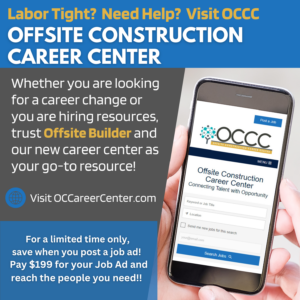Choose the best manufacturer for your project by asking the right questions and paying attention to specific details.
- Ask about project types, pipeline length and customization to assess manufacturer fit and reliability.
- Visit the factory to evaluate safety, cleanliness, efficiency and how well production matches promised quality.
- Check references, watch a set and confirm who handles transport to avoid costly surprises.
If you’re a builder considering using modular construction for the first time, how do you choose the best manufacturer for your project? What makes a good factory partner? And what are some red flags that might make you want to run?
To answer these questions, we talked with Eric Schaefer, Chief Business Development Officer at Fading West in Buena Vista, Colorado, and Ken Semler, President and CEO of Impresa Modular and Impresa Modular Franchising in Martinsburg, West Virginia. (Semler is also publisher of this magazine.)
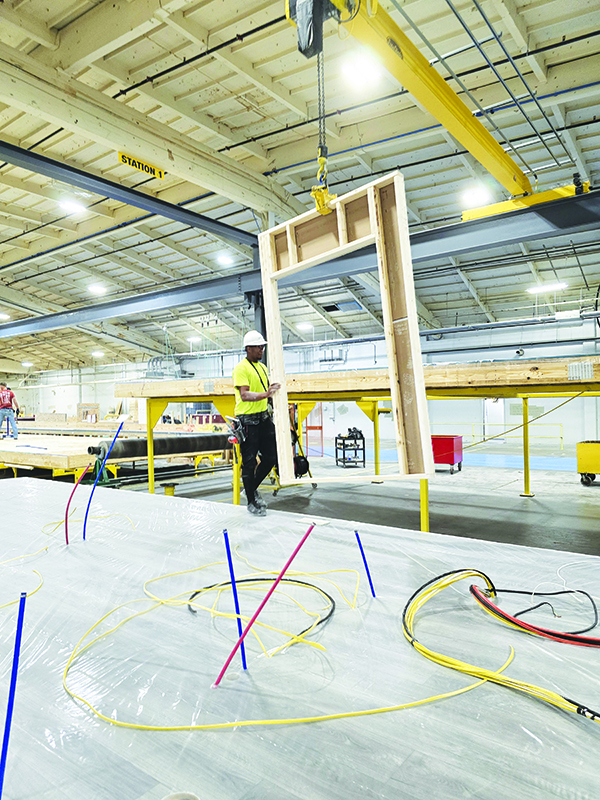
Do Your Research
A little due diligence goes a long way, and the first step is to research the manufacturing companies in your region. Based on what you discover, you might be able to rule some in, or out, right away.
For example, Schaefer notes that many factories specialize in certain project types. If you want to build one custom single-family home, a company that manufactures highly standardized apartments won’t be a good fit.
If they do manufacture single-family homes, Semler says to figure out what type. “Are they doing luxury, entry level, custom? Or are they catering to production builders?” He also recommends finding out if the factory is able to do some customization, if you need it.
Other questions to ask:
- How long have they been in business?
- Do they have a good-sized portfolio?
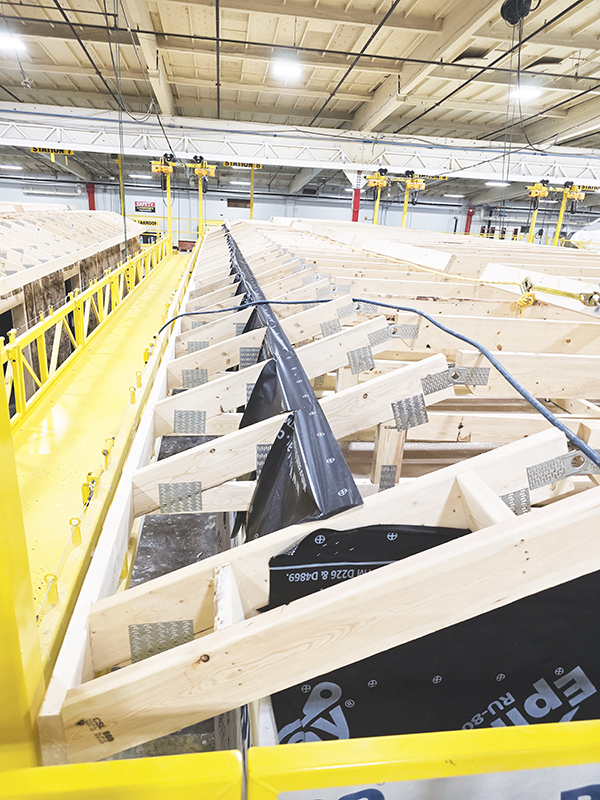
Talk to the C-Suite
Before visiting a factory, it’s a good idea to talk on the phone with someone in the C-suite. Schaefer says, “Ask about their ability to bond projects and about the length of their pipeline. That can give you some idea of their financial stability.”
Their project pipeline will have a big impact on your schedule. “If a factory has two or three big apartment projects lined up one after another, you may have to wait 9 or 12 months. That’s a challenge if you need something quicker,” says Semler. You don’t want the factory’s pipeline to be so long that you lose modular’s speed advantages.
On the other hand, you don’t want a pipeline that’s too short. According to Semler, “For most factories, a healthy backlog is at least five or six weeks of orders. It’s bad if somebody has a two-week backlog or, even worse, they tell you they can have a house ready in two weeks if you order today. Obviously, fast is good, but sometimes it’s too fast.”
If the factory is only two weeks out, Semler’s concern is that it could mean they are struggling with sales, which means they could be struggling with revenues. “If business is down, do they have the capability to actually build your modules after getting your deposit?”
Also ask about production speed. “How many homes (or modules or whatever measurable makes sense) do they produce per day, or week, or month,” says Schaefer. If you’re doing a small project, a low number may not be a concern. “But if your project is bigger, then they may not work for you.”
What counts as slow? “If a factory’s doing three line moves a week, that’s slow,” Semler says. (A line move is when a module moves along from one station to the next, and a finished module comes off the end of the line.)
Other questions to ask:
- How long does it typically take for a project (similar in size to yours) to be ready for delivery?
- Who’ll be my salesperson? What happens if we don’t get along?
- How do you communicate with the GC? (Fading West has weekly calls.)
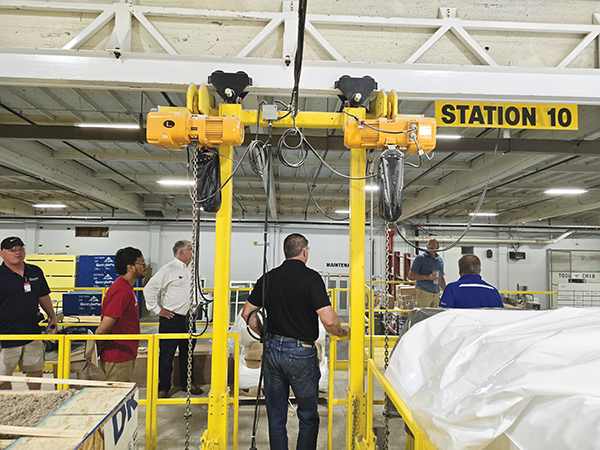
Go to the Factory
Always ask to arrange a factory visit. If a factory isn’t willing to have you come visit, you will probably want to pass on them. “They should have nothing to hide,” says Schaefer. He says that when Fading West hosts factory visits, “We request that people don’t post photos on social media, but they’re welcome to take photos to share with investors, with a board of directors, or whatever.”
Schaefer recommends bringing another pair of eyes with you the first time you visit a factory, preferably a builder with some modular experience. If the homeowners want to visit, it’s a good idea to go with them. “A seasoned GC can assess the quality of the construction and the materials for them.”
It’s important to realize that the factory’s sequences won’t be the same as those used on site builds. “One of the biggest differences you’ll see is that we build from the inside out,” notes Semler. Often, the drywall is hung first, penetrations (such as for electrical outlets) are sealed against air leakage, and insulation is installed before adding sheathing. “It’s always sunny and 75 degrees in the factory,” he quips, so there’s no urgency to weatherproof.
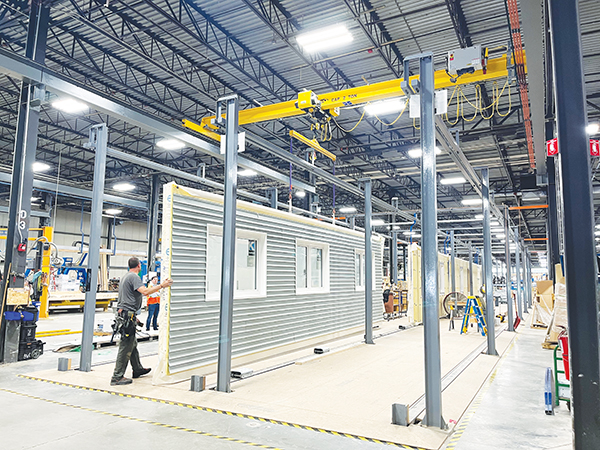
Photo: Unity Homes
Look for Safety and Efficiency
Some safety issues are easy to spot during a factory visit. “I always look at cleanliness,” Semler says. “Is there rubbish lying around? Are there items on the floor that could be tripping hazards? If they don’t care about these things, I wonder how much they care about the homes they’re building.”
Safety isn’t just a matter of employee welfare. Schaefer notes that “just one or two injuries can grind things to a halt very quickly,” delaying projects.
To evaluate the factory’s efficiency, pay attention to how much time workers spend walking around. Schaefer says, “If you see people scurrying around looking for hammers and drills [rather than actually working on modules], that’s a sign of a low-functioning manufacturing plant.”
Other questions to ask:
- What third-party safety requirements has the factory put in place?
- What daily safety inspections do they do?
Ask About Design
The ideal is to design the project as modular from the beginning, but it’s also possible to convert a conventional plan. Ask about how the factory handles conversion. “An architectural designer or architect will determine if there are cost-saving ways to align mate walls between modules with walls in the plan,” Semler says. “Length of module, width of modules and roof lines also play a part.”
Some factories are more limited than others in what they can and can’t do. There are many possible examples, but two of them are roofs and module widths. “They may not do certain roof pitches,” explains Semler. “For example, they may only build 6/12, 8/12 and 10/12 pitches, while you want a 9/12 or 12/12. Or they may only manufacture certain module widths, but you have a custom width based on jobsite setbacks.”
In cases where they can’t (or won’t) adapt to your preferences, you have to decide how willing, or able, you are to change your plans to fit what they can do.
How Automated Are They?
Both Schaefer and Semler noted that there’s not a single “correct” level of tech. Whatever level a factory is using, however, it needs to be set up effectively.
Although Fading West makes use of robotics, they’re not appropriate for every plant and the lack of them shouldn’t be a concern. However, Schaefer thinks that a certain level of tech is essential: “If people are using tape measures instead of lasers, or if they’re looking at paper blueprints rather than using iPads, I’d be concerned. There’s too much room for human error with tape measures and blueprints.”
While a factory doesn’t necessarily need robots, “they do need to be building homes efficiently and with a high level of precision.”
Other questions to ask:
- What software do you use in your factory? When was it last updated?
Are There Production Gaps?
When you visit a factory, it may look rather empty and inactive. Or, it may be operating, but with gaps in the line. How much of a concern are inactivity or gaps?
Schaefer says, “If the factory seems rather empty when you visit that’s not necessarily a problem. It may have just finished a big multifamily project and may be in the process of switching to duplexes or ADUs.” It takes a little while to recalibrate the factory when you start a new project with a new design. “Just ask what’s going on.”
The same goes for gaps in the line. Some delays are out of the factory’s hands, such as the builder losing financing, or an owner cancelling an order. That’s not to say that empty spots in the line are harmless. “Holes are bad. That’s overhead that’s not getting covered,” Semler says. However, you want to determine if it’s a regular thing, or not. “All you can do is ask questions about why it happened.”
Do They Use Materials Efficiently?
Compared to on-site construction, Schaefer says, “A factory should have a 75% reduction in material waste. If it’s dirty, with sawdust everywhere, or partial pieces of wood and insulation all over the place, then they’re not meeting the standards of a well-functioning manufacturing facility.” Sloppiness is a sign of poor management.
Asking questions about inventory can be enlightening, too. If a factory seems to have lots of stored inventory, “they may have projects they overbought for, and they may be interspersing materials — giving customers some windows from one company and some windows from another,” says Schaefer.
How much inventory should a factory have in stock? Semler says that most don’t have the space to store more than two weeks’ worth of supplies. “If they’re going to produce 20 houses this month, they’re unlikely to have enough room to store all the cabinets for 20 kitchens.” Instead, they try to operate on a ‘just-in-time’ basis. That is, “they typically try to have enough supplies for the next two weeks. That’s enough time to check everything and re-order if there’s any damage or shortages.”
The important thing is that all materials will be ready when they’re needed.
Who Transports the Modules?
What happens once manufacturing at the factory is completed? Semler has found that factories on the East Coast of the US and in the Midwest may use a third party to deliver the modules, but that “they typically coordinate it and include it on the invoice.” In the western part of the country, transportation is often the builder’s responsibility.
Of course, it makes a huge difference to cost whether transportation is included, and it can also be a headache to arrange if you haven’t done it before. Semler says, “The factory selling you a building will expect you to know the transportation rules, and to have checked the route.”
Other questions to ask:
- What do you do to help transition to on-site work? (Fading West sends a team to the jobsite.)
Watch a Set
According to Semler, “Set day is the single biggest day. It can cost you, or make you, thousands of dollars. If a house has problems, doesn’t go together, or has some production issues, that’s going to cost hours, maybe days, of time on-site with a crane and a set crew. It’s going to delay everybody’s schedule.”
To determine how well the factory’s buildings go together in the field, Semler recommends arranging to visit a set, and to get the contact details of two or three builders the factory has worked with. “Of course, they’re going to give you their poster children to talk with. But I would talk to those builders anyway and ask them what they wish they’d known when they bought their first house from this factory. That might reveal a lot, so you can learn from their mistakes and experiences.”
If the factory doesn’t want to give you any builders’ names (or they don’t have any…) “That’s definitely a red flag,” Semler says.
When you watch a house being set, see how smoothly (or not) it goes. Semler says, “Talk to the set crews. They see all the dirty laundry. They’re the ones who really know how well a house is built and how well it goes together.”
Zena Ryder writes about construction and robotics for businesses, magazines, and websites. Find her at zenafreelancewriter.com.
Photos by Ken Semler except where noted.





